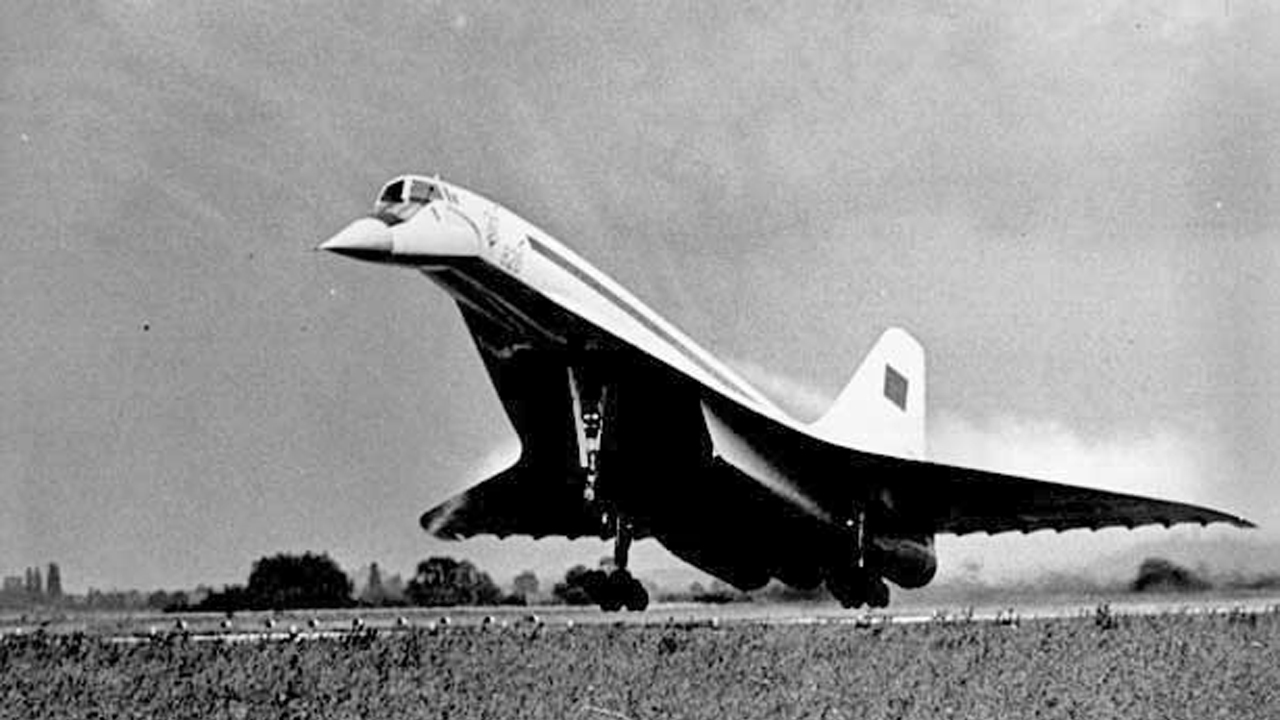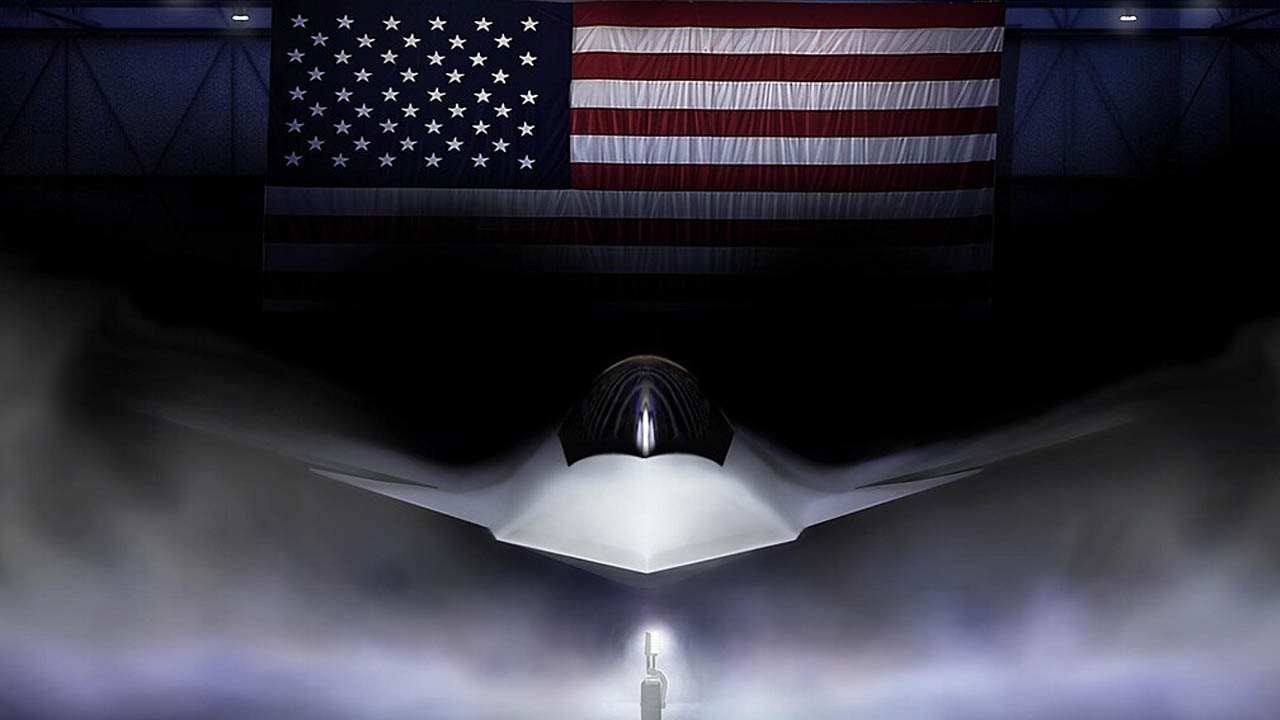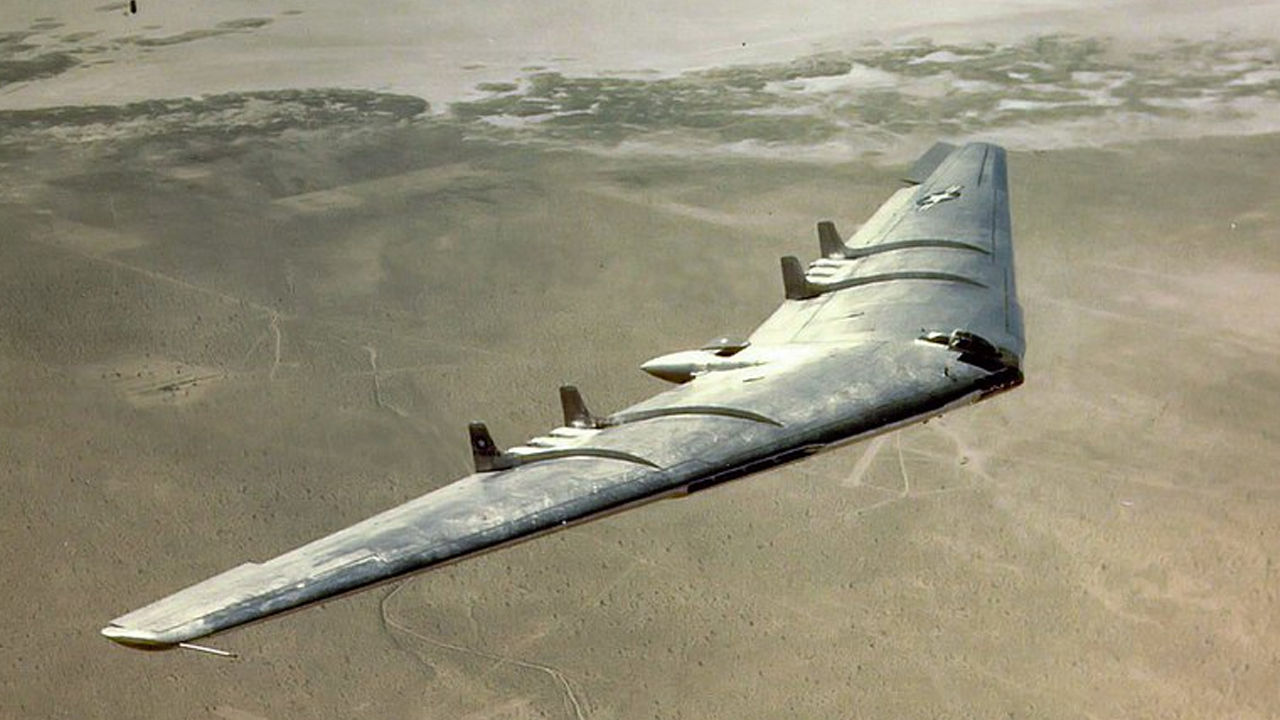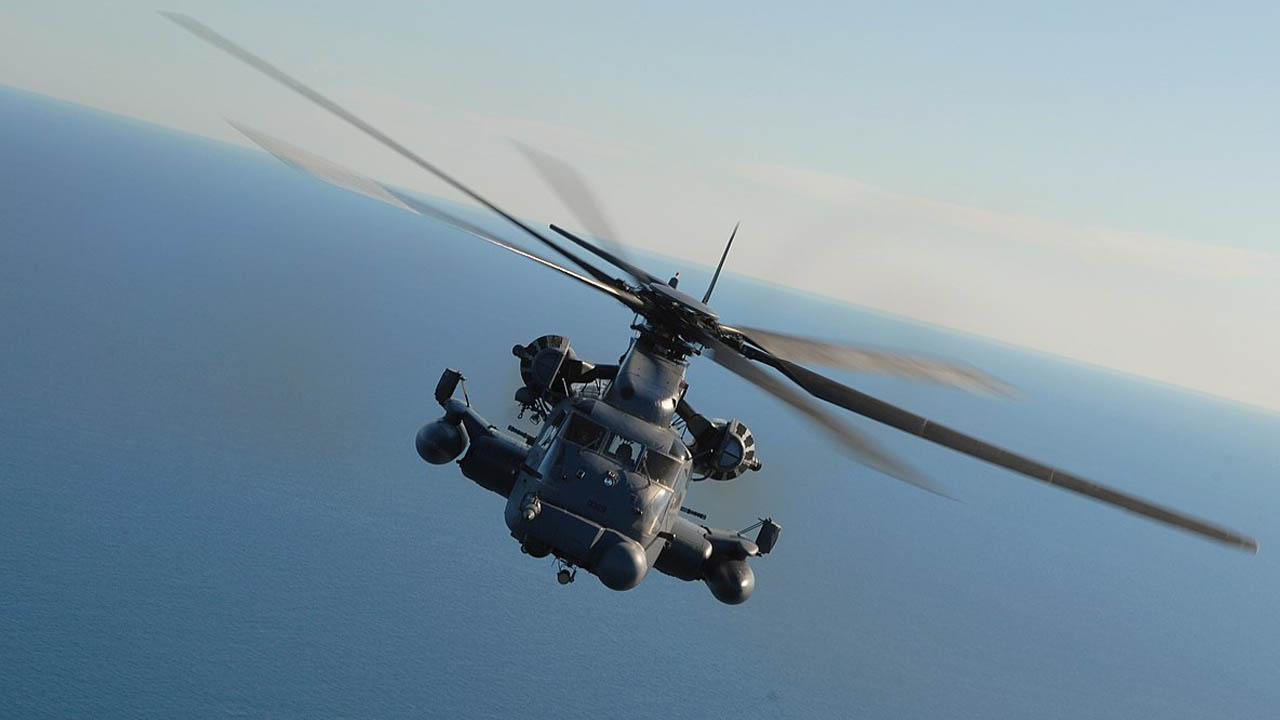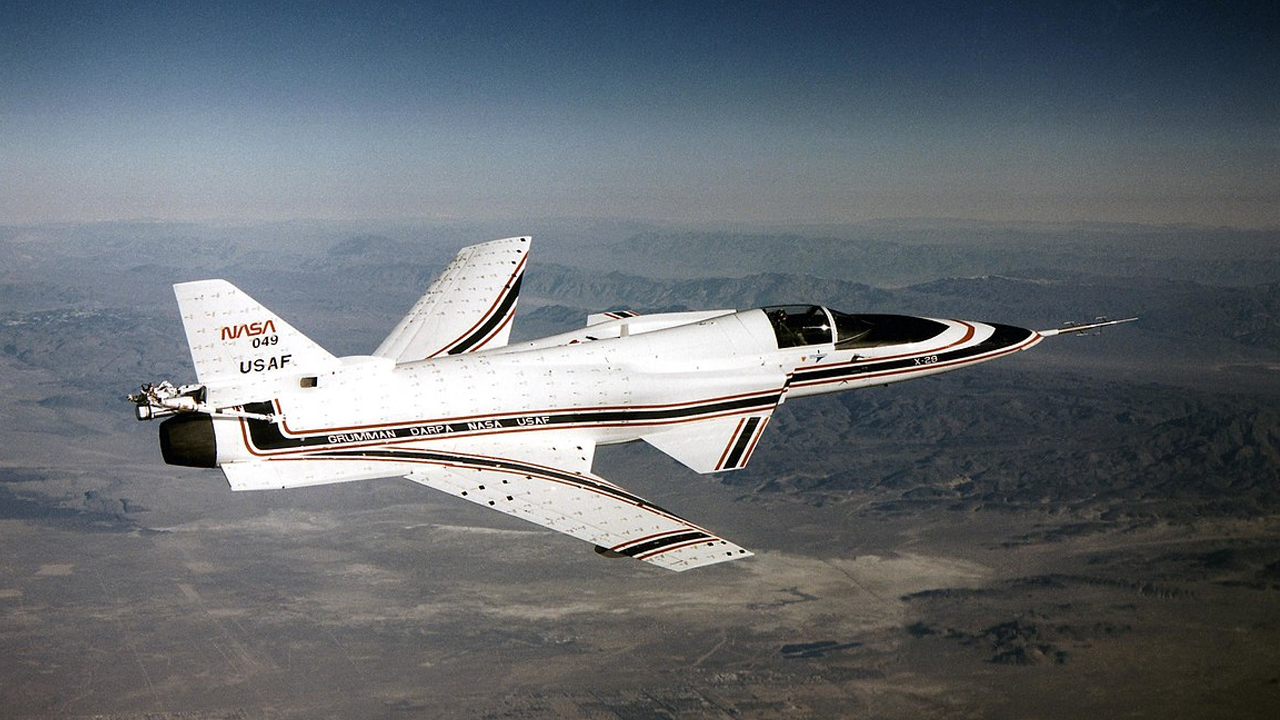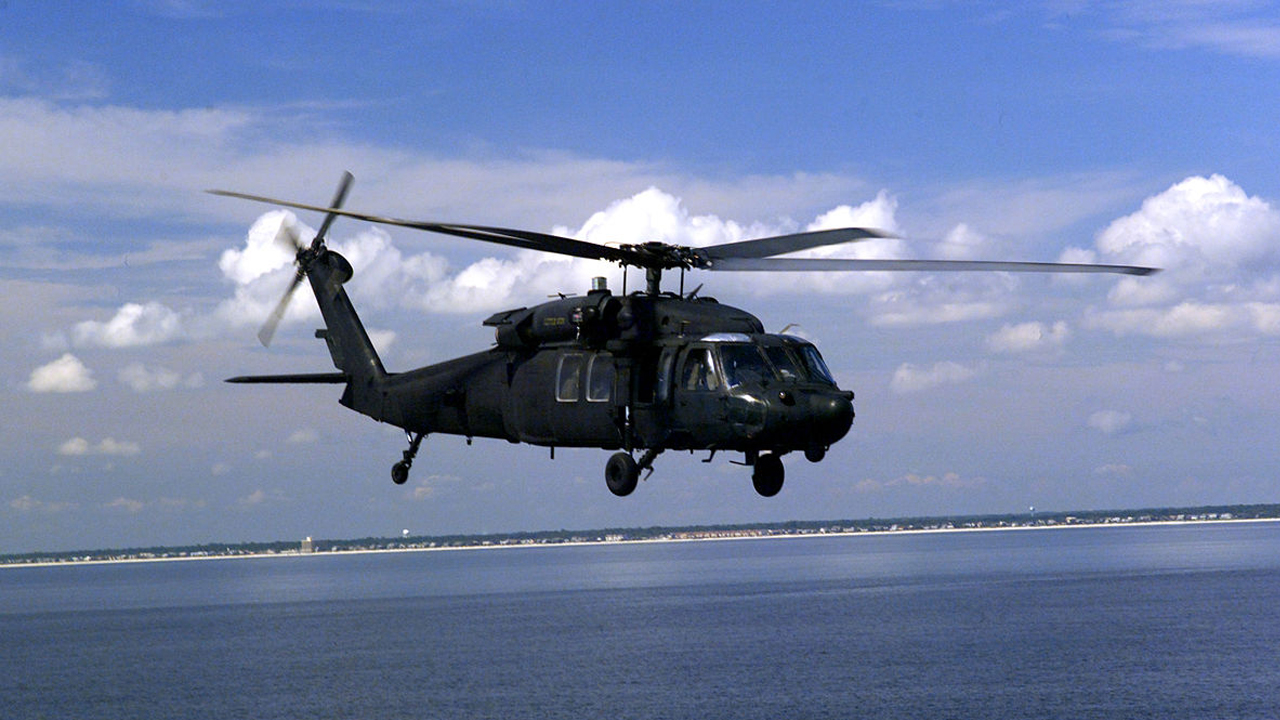In the middle of the Cold War, the Soviet Union poured billions into a high-stakes aerospace race. The goal wasn’t to build a profitable airliner—it was to beat the West. The result was the Tupolev Tu-144, the first supersonic commercial aircraft to take flight. But for all its speed, the plane was loud, unreliable, and economically useless. Here’s why the Tu-144 is remembered as the biggest waste of money in aviation history.
It Beat Concorde—But Only On Paper
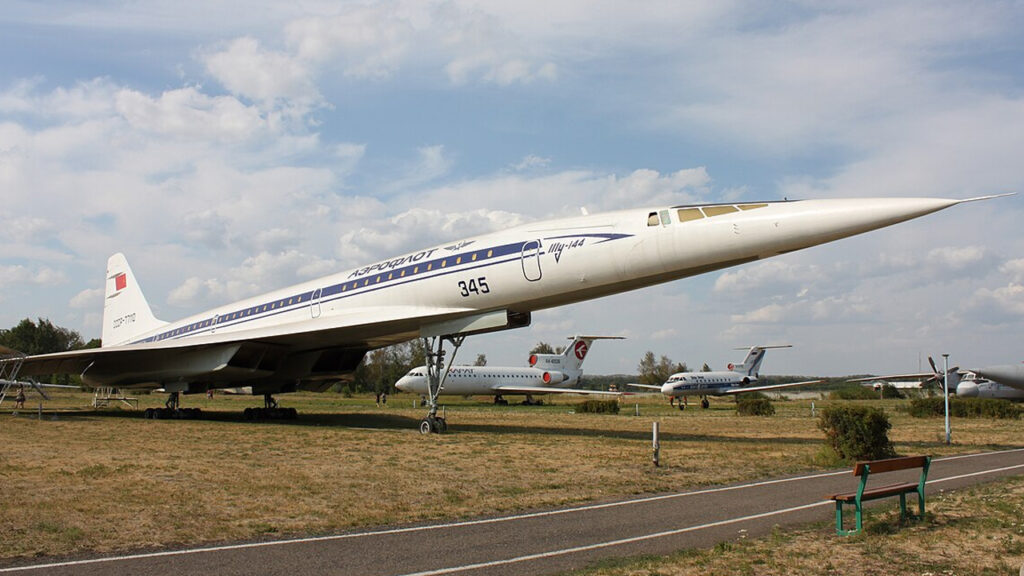
The Soviets got the jump on the Concorde by launching the Tu-144’s maiden flight in December 1968, a full two months before Concorde left the runway (Source: Britannica). But that victory was symbolic. The aircraft wasn’t ready for prime time. Its first version was unstable and rough to fly—and soon had to be reengineered almost entirely.
This wasn’t about building a sustainable airline product. It was a geopolitical stunt. And like a lot of Cold War-era projects, it looked good in headlines but fell apart in real-world use.
It Looked Like Concorde—But Flew Like a Mess
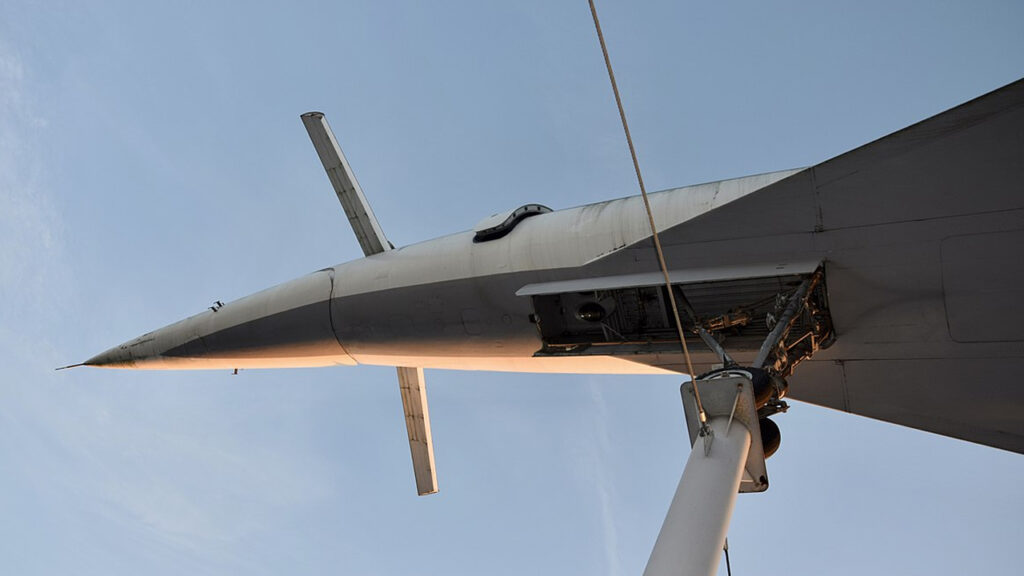
People called it “Concordski” for a reason. The Tu-144 looked strikingly similar to Concorde, but under the skin, it was a different machine. It was larger, slightly faster, and featured canards—small front wings for extra lift during takeoff and landing (Source: Britannica).
But the layout had problems. Four engines packed tightly under the wings caused extreme vibrations. The Tu-144 had to rely on afterburners just to cruise at speed, which made it a gas-guzzling nightmare. Its range barely crossed 1,800 miles, far short of its design goal.
The Paris Airshow Disaster Ended the Hype

The turning point came at the 1973 Paris Air Show. During a high-profile demo, the Tu-144 broke apart in mid-air, killing six crew and eight on the ground. Investigators blamed evasive maneuvers to avoid a surprise French reconnaissance jet. Regardless, the crash was catastrophic for public confidence in the plane’s safety (Source: Flightline Weekly).
After that, no country—including allies like Cuba—wanted to buy it. Even the Soviet public grew skeptical.
Commercial Service Was a Disaster
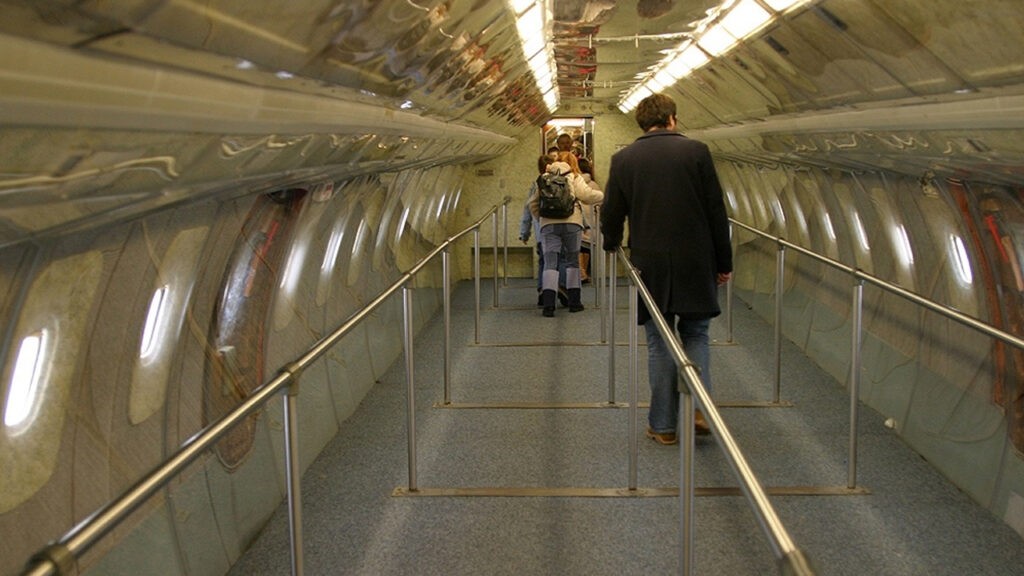
Still, the Tu-144 entered limited service in 1977 on the Moscow-to-Almaty route. But passengers were miserable. Cabin noise topped 90 decibels—as loud as a lawn mower—and conversations were nearly impossible (Source: Simple Flying).
The government capped passenger loads to 80, far below the plane’s full capacity, and ticket prices were heavily subsidized. Just 55 commercial flights were completed before Aeroflot pulled the plug less than a year later.
Its Engines Were Pathetic Compared to Concorde
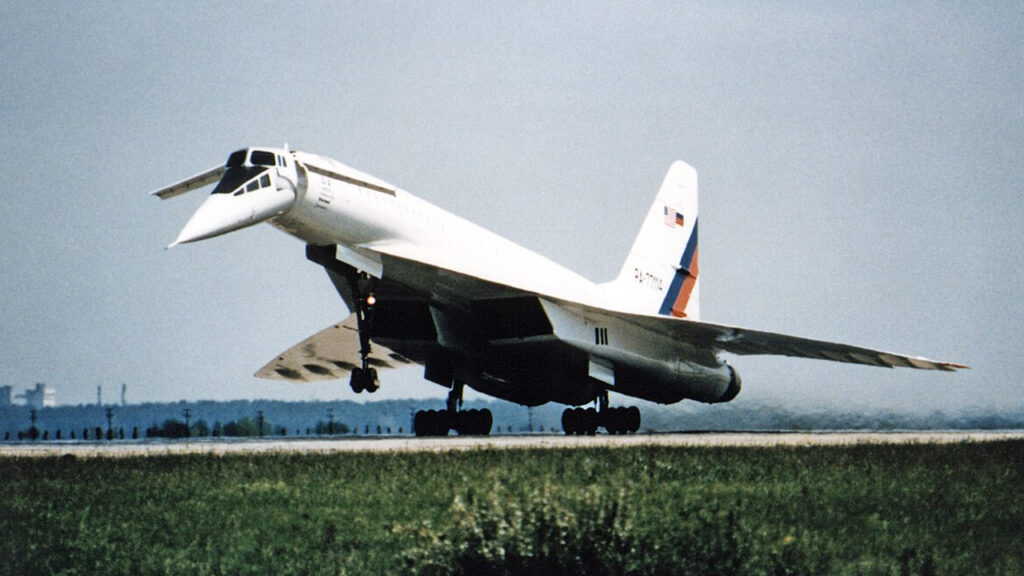
Unlike Concorde’s efficient Rolls-Royce Olympus engines, the Tu-144’s original NK-144 engines needed afterburners even at cruising speed. That meant double the fuel burn and dangerously short engine lifespans. Early engines barely lasted 50 hours before needing replacement (Source: tu144sst.com).
Later versions used RD-36-51A engines to improve fuel economy and range. But those too had issues, including one mid-air failure that forced an emergency landing in 1980.
Even the Airframe Didn’t Last
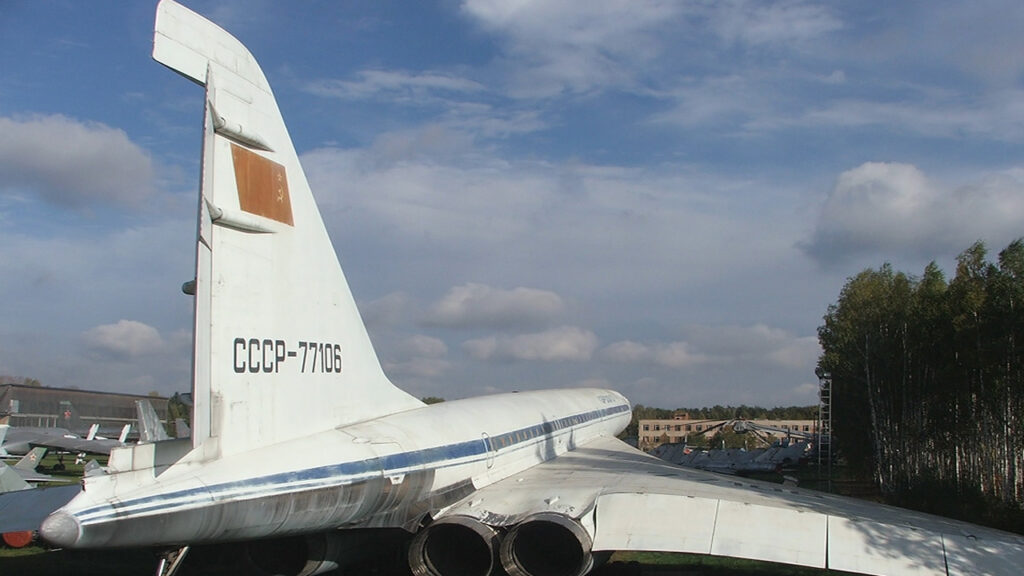
The structure itself was just as fragile. The Tu-144S had a certified lifespan of only 500 flight hours, with the improved Tu-144D model rated for just 1,000 (Source: Wikipedia). By comparison, Concorde was built for 45,000 hours. Most Tu-144s never even reached 300.
Out of the 16 aircraft built, several flew fewer than 100 total hours. That’s test-bed territory—not a commercial fleet.
NASA Used One—Because No One Else Would
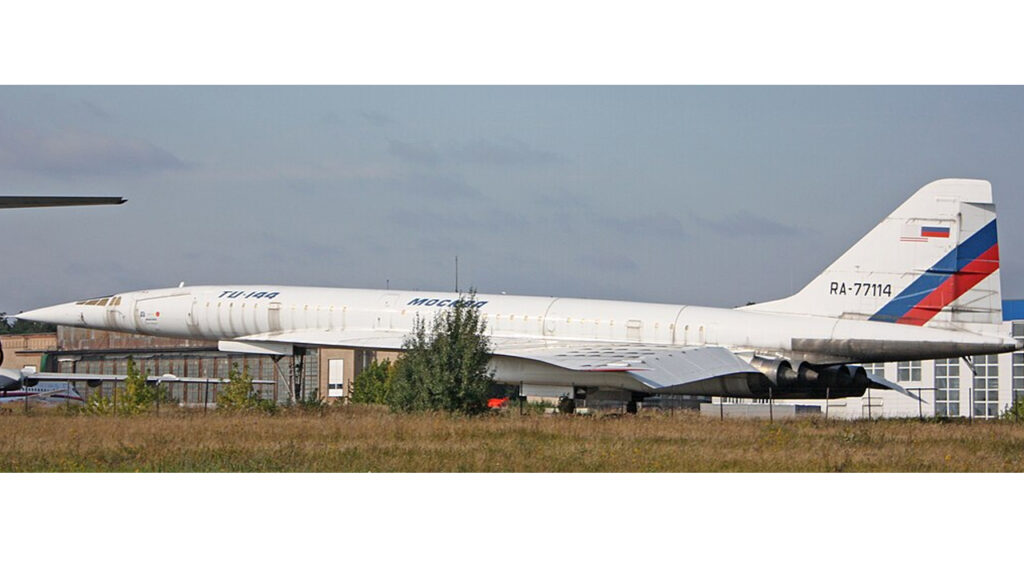
In the 1990s, NASA partnered with Russian engineers to turn a Tu-144 into a flying lab. Called the Tu-144LL, it was retrofitted with bomber engines and flown 27 times as part of a supersonic research program (Source: NASA).
Even then, engineers had to patch together systems just to keep the aircraft in the air. It worked for research, but by that point, it was obvious the Tu-144 was never fit for commercial use.
What It Really Was

The Tu-144 wasn’t a failed airplane—it was a failed idea. Built too fast, launched too soon, and flown for all the wrong reasons. It never made money, never reached meaningful international service, and barely survived its own PR campaign.
Today, the Tu-144 lives on as a cautionary tale. A supersonic jet that got there first—but never really arrived.


